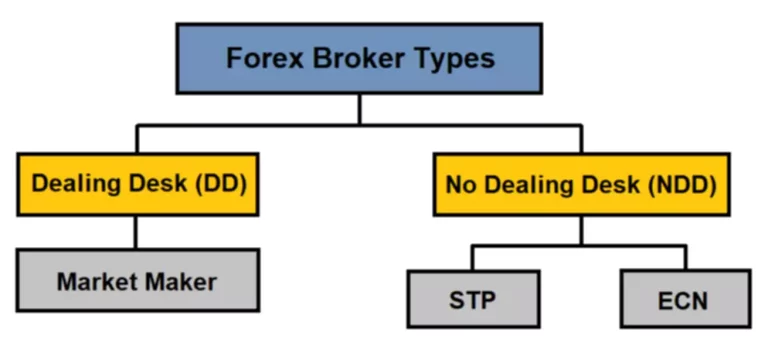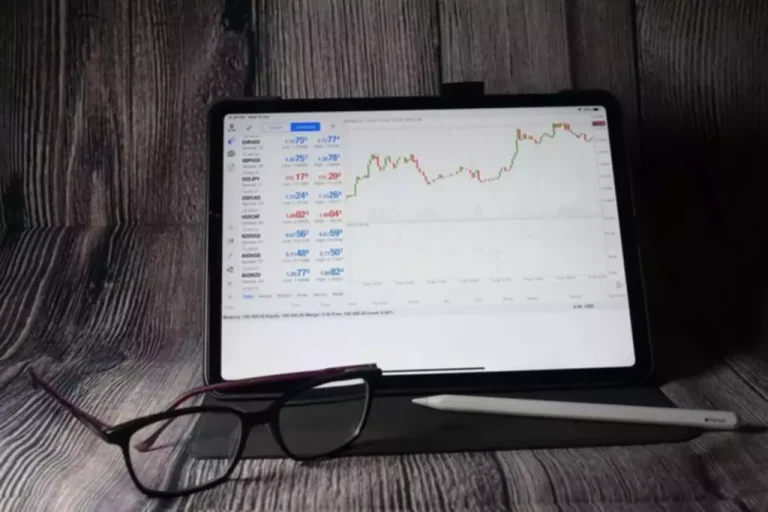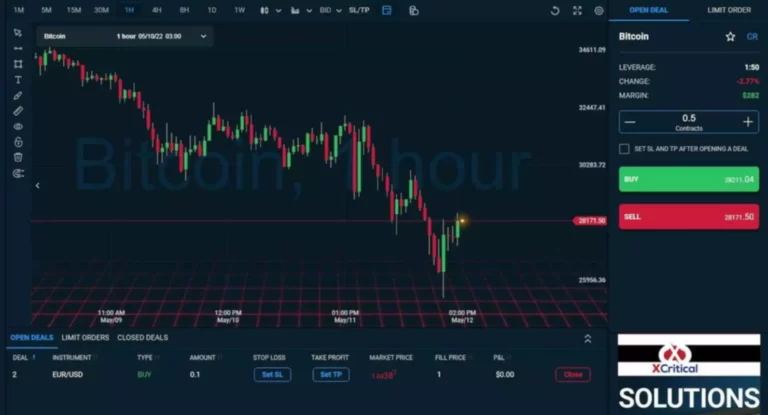You might use sidechains or layer-two options, and these are on the method in which. However, the community isn’t in a position to handle the throughput in its current kind. For the aim of this article we’ll share tips on how to get involved using Osmosis. However, as with any opportunity for gain, there’s of course some degree of risk; i.e. a person could presumably be better off holding the tokens somewhat than supplying them.

Liquidity swimming pools in different protocols may use algorithms that differ to a small extent. One of probably the most used LP suppliers, Uniswap is a decentralized ERC-20 token trade which helps 50% of the ETH contracts and 50% of the ERC-20 token contracts. Liquidity swimming pools act because the spine of the DeFi protocol’s essential actions. They present liquidity, velocity and convenience to the overall DeFi system. Liquidity pools are a way to provide a mechanism to pool assets in DEX’s good contract to offer liquidity to the assets for traders to swap between the currencies. Liquidity pools are the Swiss Army knives of the crypto world, serving a wide range of purposes.
The greater the pool is in comparability to a commerce, the lesser the price influence a.k.a slippage occurs, so massive swimming pools can accommodate greater trades with out transferring the price too much. In this order e-book model buyers and sellers come collectively and place their orders. Buyers a.k.a. “bidders” attempt to purchase a certain asset for the lowest worth attainable whereas sellers try to sell the same asset for as excessive as attainable.

By doing that they supply liquidity, so the customers can all the time commerce they usually don’t have to attend for another counterparty to show up. Also, what are the differences between liquidity swimming pools throughout completely different protocols similar to Uniswap, Balancer or Curve? Other risks embody the standard decentralized finance (DeFi) risks, like good contract bugs, systemic risks, and admin key misuse, which will increase vulnerability to hackers. There are also liquidity pool hacks and potential slippage from bigger orders. Commonly used in centralized exchanges, the order book model is employed to pair patrons and sellers. Buyers and sellers have to be current for the order book to execute the transactions.
Liquidity pools can mechanically regulate the value of cryptocurrencies based mostly on a platform’s trade price via smart contracts. Users can simply borrow property from a pre-funded liquidity pool generated from trade rates working in a cyclical process facilitated by the supply of the paired tokens. As a outcome, transactions are smoother, because the sellers and consumers don’t decide costs. Transactions are also much less unstable as a outcome of effective value calculations and payment allocations. As talked about previously, these transaction fees can be very worthwhile for liquidity providers. Liquidity swimming pools are sensible contracts containing locked crypto tokens that have been equipped by the platform’s users.
A liquidity pool is basically funds thrown collectively in an enormous digital pile. But what can you do with this pile in a permissionless surroundings, where anybody can add liquidity to it? In its fundamental form, a single liquidity pool holds 2 tokens and every pool creates a new market for that specific pair of tokens. DAI/ETH can be a good example of a well-liked liquidity pool on Uniswap. This is exactly why there was a need to invent one thing new that can work nicely within the decentralized world and that is the place liquidity pools come to play.
This can happen by either a buyer bidding greater or a seller reducing their value. One of the first tasks that launched liquidity pools was Bancor, but they turned extensively popularised by Uniswap. This end result known as impermanent loss and primarily describes the difference in internet value between HODLing and LPing (more here). Liquidity mining mentioned above helps to offset impermanent loss for LPs. There are additionally different initiatives inside the Osmosis ecosystem and beyond exploring other mechanisms to scale back impairment loss. Bonded Liquidity Gauges are mechanisms for distributing liquidity incentives to LP tokens that have been bonded for a minimum amount of time.

Let me know the initiatives or ideas that you would like me to cowl on CoinSutra. Further, as a HODLer, they seem to be a lucrative means of earning passive earnings. You can attempt to start with Uniswap and then discover the rest of the platform.
Lending platforms are a easy decentralized lending and borrowing market. In the case of Single asset liquidity pools, a pool consists of 1 asset solely. A liquidity supplier is an individual who deposits his assets to a specific liquidity pool to provide liquidity to the platform. For example, an individual can turn into a liquidity provider on Uniswap (a Decentralized Exchange (DEX)) and deposit his belongings into Uniswap’s liquidity Pool.
Either way, when the actual bottom does come and worth rises, you would possibly be not within the trade and Bob is. Things seemed great for a few hours so that you held your trade, however finally the market got here again to and past your entry. Yes, the foreign exchange market is probably the most liquid market on the planet, however no market is that liquid at every price level, 24 hours a day. This is generally how all of the platforms work, you just must read about them fastidiously. Cryptocurrency could be a complex world, but understanding key concepts like “Liquidity Pools” can make it rather more accessible. This implies that on a blockchain like Ethereum, an on-chain order book exchange is virtually inconceivable.
Low liquidity leads to high slippage—a giant difference between the anticipated value of a token trade and the price at which it is actually executed. When the pool is extremely liquid, merchants won’t experience a lot slippage. DeFi, or decentralized finance—a catch-all time period for financial companies and products on the blockchain—is no different. Also, be cautious of projects where the developers have permission to vary the foundations governing the pool. Sometimes, builders can have an admin key or another privileged entry inside the sensible contract code. This can enable them to doubtlessly do something malicious, like taking management of the funds within the pool.
Liquidity pools are the spine of many decentralized exchanges (DEX), such as Uniswap. Users known as liquidity suppliers (LP) add an equal value of two tokens in a pool to create a market. In trade for providing their funds, they earn trading fees from the trades that happen in their pool, proportional to their share of the entire liquidity. A Liquidity pool in crypto is a decentralized pool of funds or assets which provide liquidity for trading in decentralized exchanges. They have user funds secured and locked in good contracts which enable automated transactions without any third-party intervention.
Another, much more cutting-edge use of liquidity pools is for tranching. It’s an idea borrowed from conventional finance that entails dividing up financial products based on their risks and returns. As you’d anticipate, these products enable LPs to pick custom-made danger and return profiles. Distributing new tokens in the liquidity pools explained palms of the right folks is a very difficult drawback for crypto projects. Basically, the tokens are distributed algorithmically to users who put their tokens into a liquidity pool. Then, the newly minted tokens are distributed proportionally to every user’s share of the pool.
As of now, Uniswap is the preferred decentralized change credited for operations of some of the largest liquidity swimming pools. Interestingly, the USD-ETH pool has virtually $250 million locked in it. Some of the opposite notable swimming pools you’ll find on Uniswap embody ETH-USDT, WBTC-ETH, and DAI-ETH. As noted previously, Balancer, SushiSwap, and Curve Finance are also some of the exchanges using DeFi liquidity pools. Earning a reward token raises the matter of needing to liquidate the rewards. Not all brand-new tokens might be listed on exchanges, and liquidity pools are one source of value discovery.
The elements in place to take action is what is known as ‘liquidity mining’ or ‘yield farming’. Contributing to a pool makes an individual a liquidity supplier (LPs). Consequently, the value of each trade relies on how a lot it disrupts the ratio of belongings inside the pool. Traders choose deep liquid swimming pools as a outcome of each order tends to contain only a small proportion of assets within the pool. The most elementary types of liquidity pools are the ones that we now have described, and Uniswap makes use of them. Other initiatives made incremental adjustments to the Uniswap concept, which resulted in a couple of intriguing ideas.